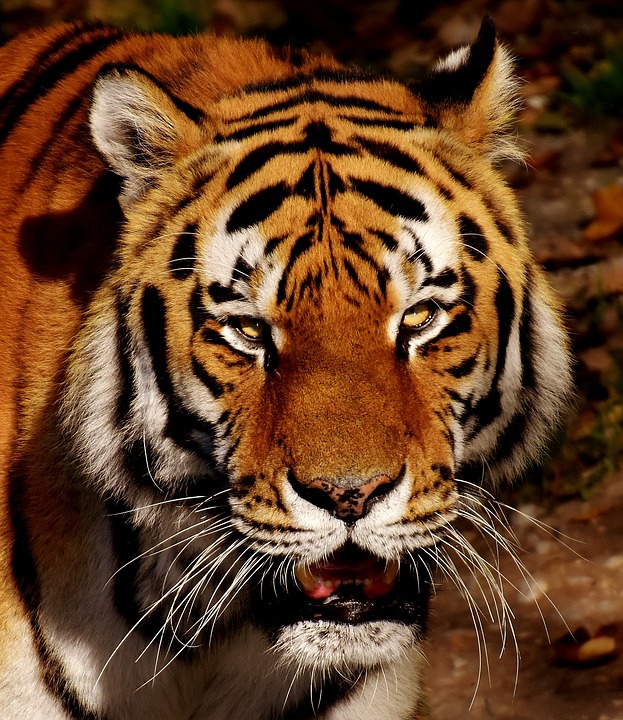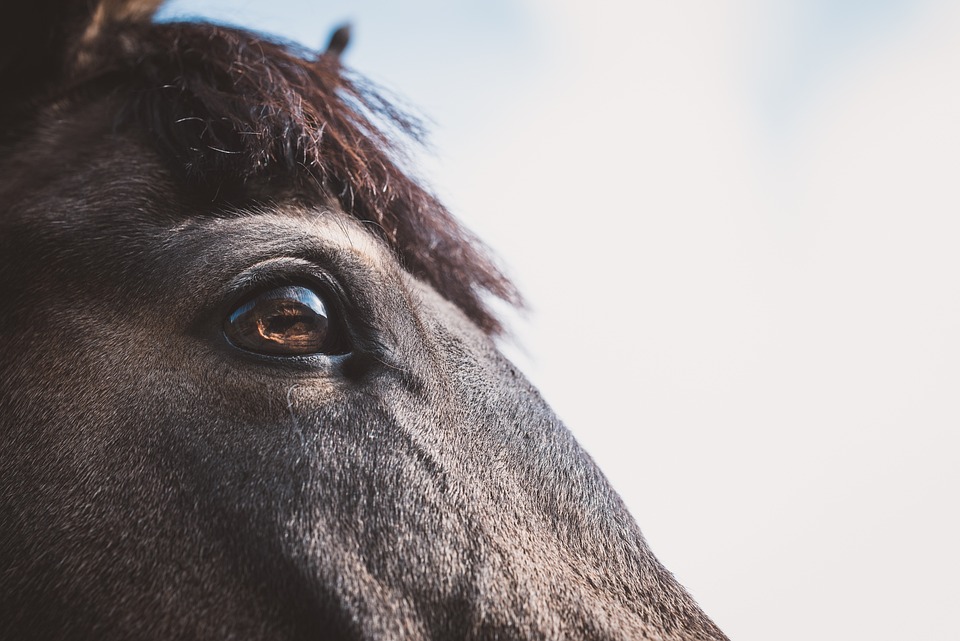Caring for injured wildlife is a noble and important task that requires compassion, knowledge, and dedication. When animals are injured or in distress, it is crucial for humans to step in and provide the care and support they need to recover and thrive. In this article, we will explore the various aspects of caring for injured wildlife, including how to identify injured animals, how to provide first aid, and how to find help from wildlife rehabilitation centers.
Identifying Injured Wildlife
The first step in caring for injured wildlife is to be able to identify when an animal is in need of help. Signs of injury or distress in wildlife can include limping, bleeding, difficulty breathing, or being unable to fly or move properly. If you come across an animal that appears to be injured, it is important to approach with caution and observe from a safe distance to assess the situation.
Providing First Aid
Once you have identified an injured animal, it is important to provide first aid to help alleviate their suffering and prevent further harm. Some basic first aid techniques for injured wildlife include gently wrapping them in a towel or blanket to keep them warm, providing them with water or a small amount of food if they are able to eat, and keeping them in a quiet and safe place away from predators or other dangers.
Seeking Help from Wildlife Rehabilitation Centers
While providing first aid can be helpful in the short term, injured wildlife often require more specialized care from wildlife rehabilitation centers. These centers are staffed by trained professionals who have the knowledge and resources to provide medical treatment, rehabilitation, and long-term care for injured animals. If you come across an injured animal that requires more extensive care, it is important to contact a wildlife rehabilitation center as soon as possible.
In conclusion, caring for injured wildlife is a responsibility that we all share as members of the global community. By being able to identify injured animals, provide basic first aid, and seek help from wildlife rehabilitation centers, we can make a positive impact on the lives of our furry and feathered friends. Remember, every little bit of care and compassion makes a difference in the world of wildlife.





